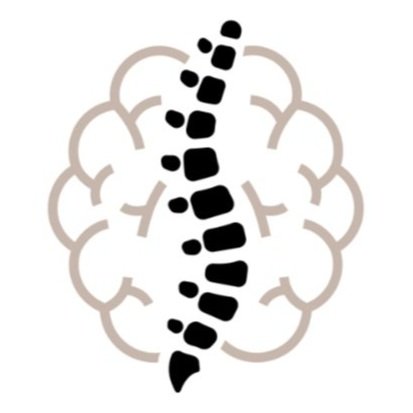Understanding the Connection Between TMD and Migraines
Temporomandibular joint disorder (TMD) and migraines are two prevalent conditions that can significantly impact the quality of life. Although they might appear unrelated at first glance, a growing body of research suggests a close association between the two. Understanding this link can lead to better diagnosis and treatment strategies and provide relief for many who suffer from these debilitating conditions.
What is TMD?
Temporomandibular joint disorder (TMD) encompasses a range of conditions affecting the temporomandibular joint (TMJ), the hinge connecting the jaw to the skull. This joint allows for the movements necessary for talking, chewing, and yawning. TMD can cause pain and dysfunction in the jaw joint and muscles controlling jaw movement.
Disorders of the mandible are orthopedic conditions, too. You should always seek PT first when having pain or a movement dysfunction.
Symptoms of TMD include:
Jaw pain or tenderness
Difficulty chewing
Clicking or popping sounds when opening or closing the mouth
Limited range of jaw movement
Headaches and facial pain
Chronic neck pain
What are Migraines?
Per Vertrees Headache Center, a migraine is not a pain syndrome, but a BRAIN syndrome. It’s a headache PLUS other symptoms. Migraine involves a complex chemical cascade of events.
Migraines are intense, throbbing headaches often accompanied by nausea, vomiting, and sensitivity to light and sound. Migraines can last from a few hours to several days and can significantly impair daily functioning.
Although migraines are a brain syndrome, Physical Therapy can help you figure out if you have any musculoskeletal triggers to your migraines.
The Connection Between TMD and Migraines
Several factors contribute to the connection between TMD and migraines, including:
Shared Symptoms
Headaches: TMD-related headaches are often confused with migraines.
Facial pain: Pain in the facial muscles and around the temples can be a symptom of both conditions.
Neck pain: TMD can cause referred pain to the neck, which is also common in migraines.
Neurological and Muscular Links
Trigeminal Nerve Involvement: The trigeminal nerve, responsible for sensation in the face and motor functions like biting and chewing, plays a role in both TMD and migraines. Irritation or compression of this nerve can trigger both TMJ pain and migraines.
Muscle Tension: Chronic muscle tension in the jaw, neck, and shoulders, common in TMD, can contribute to the development of migraines. Tight muscles can lead to referred pain, perpetuating a cycle of discomfort.
Stress and Bruxism
Stress: Stress is a common trigger for both TMD and migraines. It can cause muscle tension and exacerbate both conditions.
Bruxism: Grinding or clenching of teeth, known as bruxism, often linked to TMD, can lead to headaches and migraines. This can happen due to airway restrictions, forward head posture, or malocclusion.
Treatment
Physical Therapy: We will check your neck alignment, jaw joint, and the muscles surrounding it. You will also receive manual therapy and a list of exercises to help you manage.
Lifestyle Changes: Avoiding hard or chewy foods, practicing good posture, and maintaining a regular sleep schedule can help manage both conditions.
Stress Management: Techniques such as relaxation exercises, biofeedback, and cognitive-behavioral therapy can reduce stress and prevent both TMD and migraines.
The connection between TMD and migraines underscores the importance of a comprehensive approach to diagnosis and treatment. Given the overlap in symptoms, diagnosing TMD and migraines can be challenging. A multidisciplinary approach is often necessary, involving physical therapists, dentists, and neurologists.
By recognizing the overlap in symptoms and addressing the underlying causes, Physical Therapy can offer effective relief and help you coordinate with other providers when needed.
Are you experiencing migraines or TMD and are ready to explore treatment options and improve your quality of life? Click below to chat with a Mind Body Physio team member to help you get scheduled.

